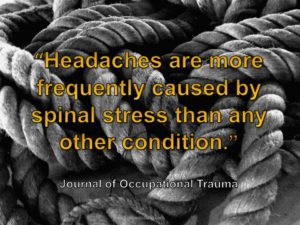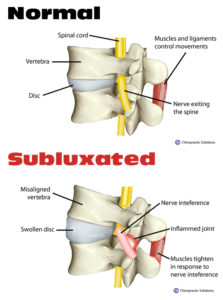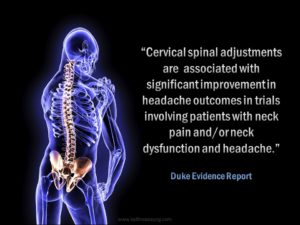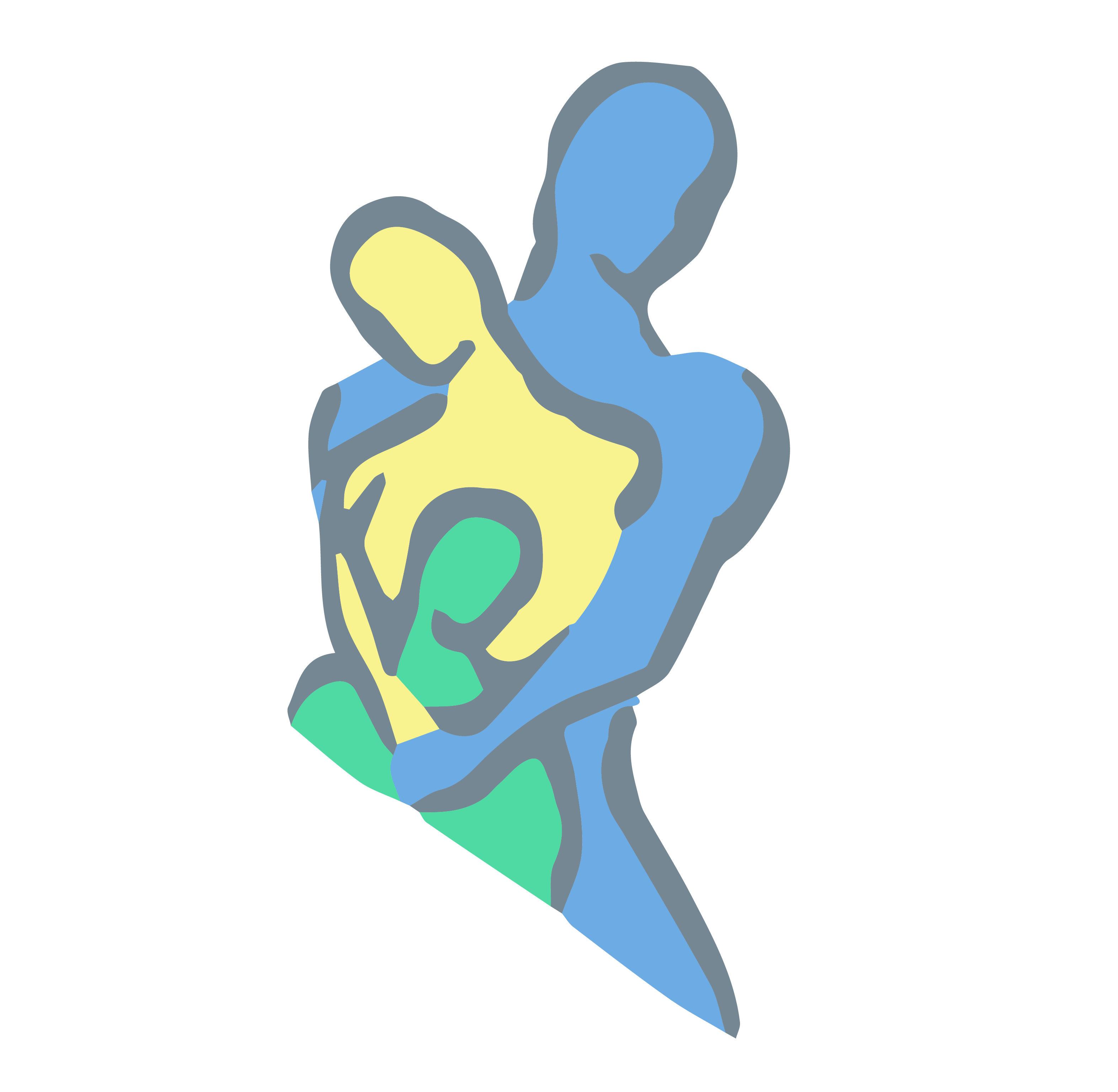Headaches and Migraines

The Impact of Headaches and Migraines
Migraine is the most common neurological disorder in the U.S.
Approximately 18% of women and 6% of men in the U.S. suffer from migraines, totaling around 38 million people
Estimates from the International Burden of Migraine Study found that the average 3-month headache-related costs were about $1,036 for a chronic migraine and $383 for an episodic migraine.
Migraines most often occur between the ages of 25-55 years old, which are peak employment years
When including direct costs of medication, treatment and other health care expenses as well as the indirect costs of lost productivity and wages, disability and other non medical purchases, the economic burden for migraine patients reaches approximately $78 billion per year.
Causes of Headaches
Headache pain can occur in the tissues covering the brain; the attaching structures at the base of the brain; and in the muscles, and blood vessels around the scalp, face, and neck. Different types of stresses can trigger a headaches. According to the Journal of Occupational Trauma, spinal stress causes more headaches than any other condition. Spinal stress can include past traumas, such as falls or auto accidents, but it is usually small repetitive micro-traumas that lead to most spinal stresses. Micro-traumas include poor posture, sitting in front of a computer or at a desk for long periods of time or carry heavy bags around.
The Chiropractic Approach
Chiropractors focus on the spine because it houses your nervous system. Your brain is enclosed by a skull and, coming off of your brain, is your spinal cord. Your spinal cord travels down the length of your back. The bones of your spine wrap around the cord to protect it.


Different physical, chemical and emotional stresses can cause bones of the spine to misalign. This misalignment puts pressure on the nerves exiting in between the spinal bones. Chiropractors call this misalignment a subluxation. Chiropractors are the only doctors trained to locate, analyze and adjust these subluxations. Correcting these subluxations allows your body to work better. It decreases the spinal stress in your neck and the base of the skull.
In the Literature
J Manipulative Physiol Ther. 2000 Feb;23(2):91-5.
A randomized controlled trial of chiropractic spinal manipulative therapy for migraine.
Tuchin PJ1, Pollard H, Bonello R.
Abstract
OBJECTIVE:
To assess the efficacy of chiropractic spinal manipulative therapy (SMT) in the treatment of migraine.
DESIGN:
A randomized controlled trial of 6 months’ duration. The trial consisted of 3 stages: 2 months of data collection (before treatment), 2 months of treatment, and a further 2 months of data collection (after treatment). Comparison of outcomes to the initial baseline factors was made at the end of the 6 months for both an SMT group and a control group.
SETTING:
Chiropractic Research Center of Macquarie University.
PARTICIPANTS:
One hundred twenty-seven volunteers between the ages of 10 and 70 years were recruited through media advertising. The diagnosis of migraine was made on the basis of the International Headache Society standard, with a minimum of at least one migraine per month.
INTERVENTIONS:
Two months of chiropractic SMT (diversified technique) at vertebral fixations determined by the practitioner (maximum of 16 treatments).
MAIN OUTCOME MEASURES:
Participants completed standard headache diaries during the entire trial noting the frequency, intensity (visual analogue score), duration, disability, associated symptoms, and use of medication for each migraine episode.
RESULTS:
The average response of the treatment group (n = 83) showed statistically significant improvement in migraine frequency (P < .005), duration (P < .01), disability (P < .05), and medication use (P< .001) when compared with the control group (n = 40). Four persons failed to complete the trial because of a variety of causes, including change in residence, a motor vehicle accident, and increased migraine frequency. Expressed in other terms, 22% of participants reported more than a 90% reduction of migraines as a consequence of the 2 months of SMT. Approximately 50% more participants reported significant improvement in the morbidity of each episode. CONCLUSION: The results of this study support previous results showing that some people report significant improvement in migraines after chiropractic SMT. A high percentage (>80%) of participants reported stress as a major factor for their migraines. It appears probable that chiropractic care has an effect on the physical conditions related to stress and that in these people the effects of the migraine are reduced.

